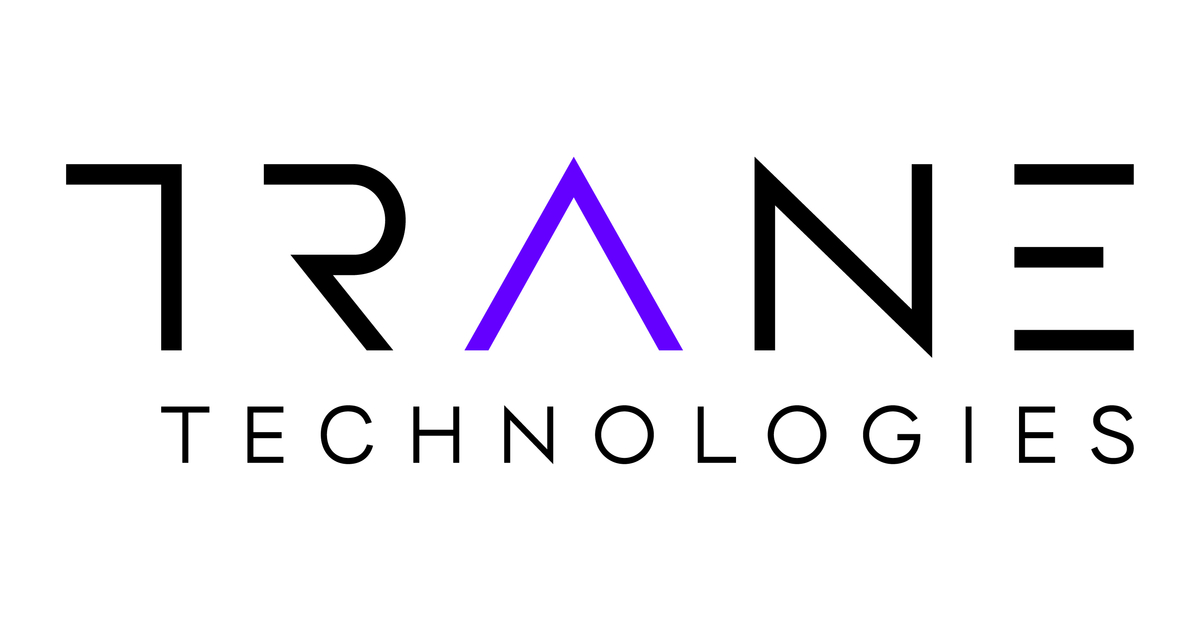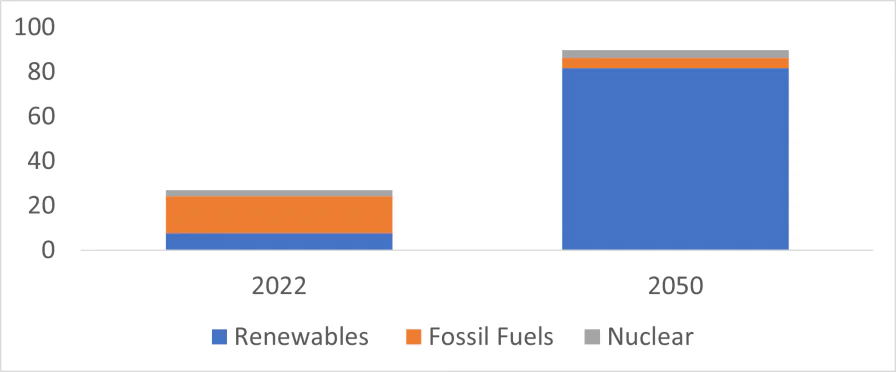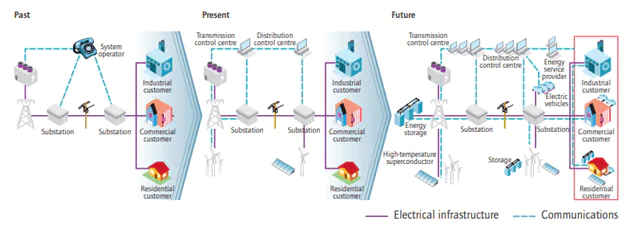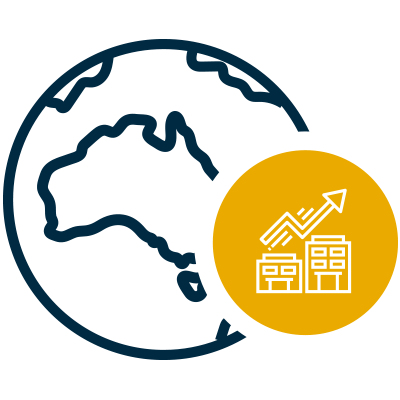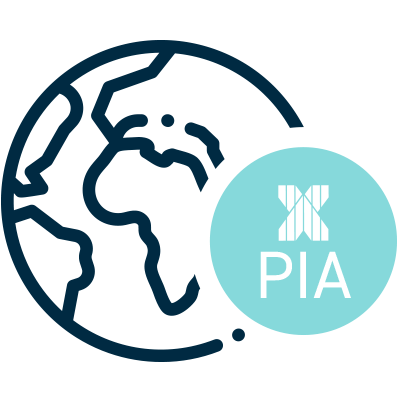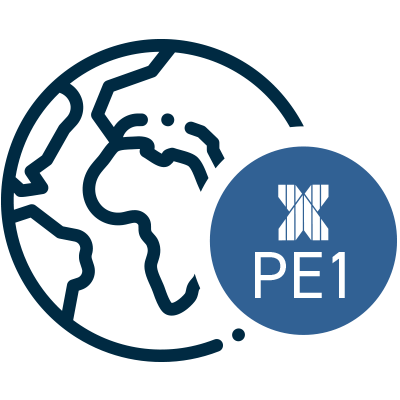SUMMARY
Market volatility increased in August following weak macroeconomic data out of China, renewed stress in the Chinese property market, and an increase in sovereign bond yields. For the month overall the MSCI World Index rose +1.6% on the back of a depreciating AUD. The Fund underperformed as a result of the continued performance of non-impactful stocks and large-cap stocks.
In this month’s commentary, Victoria MacLean (Associate Portfolio Manager) discusses whether our infrastructure can cope with renewable energy and electrification, which together can deliver 75% of the energy-related CO2 emissions reductions needed to keep global temperature increases “well below” 2°C.





